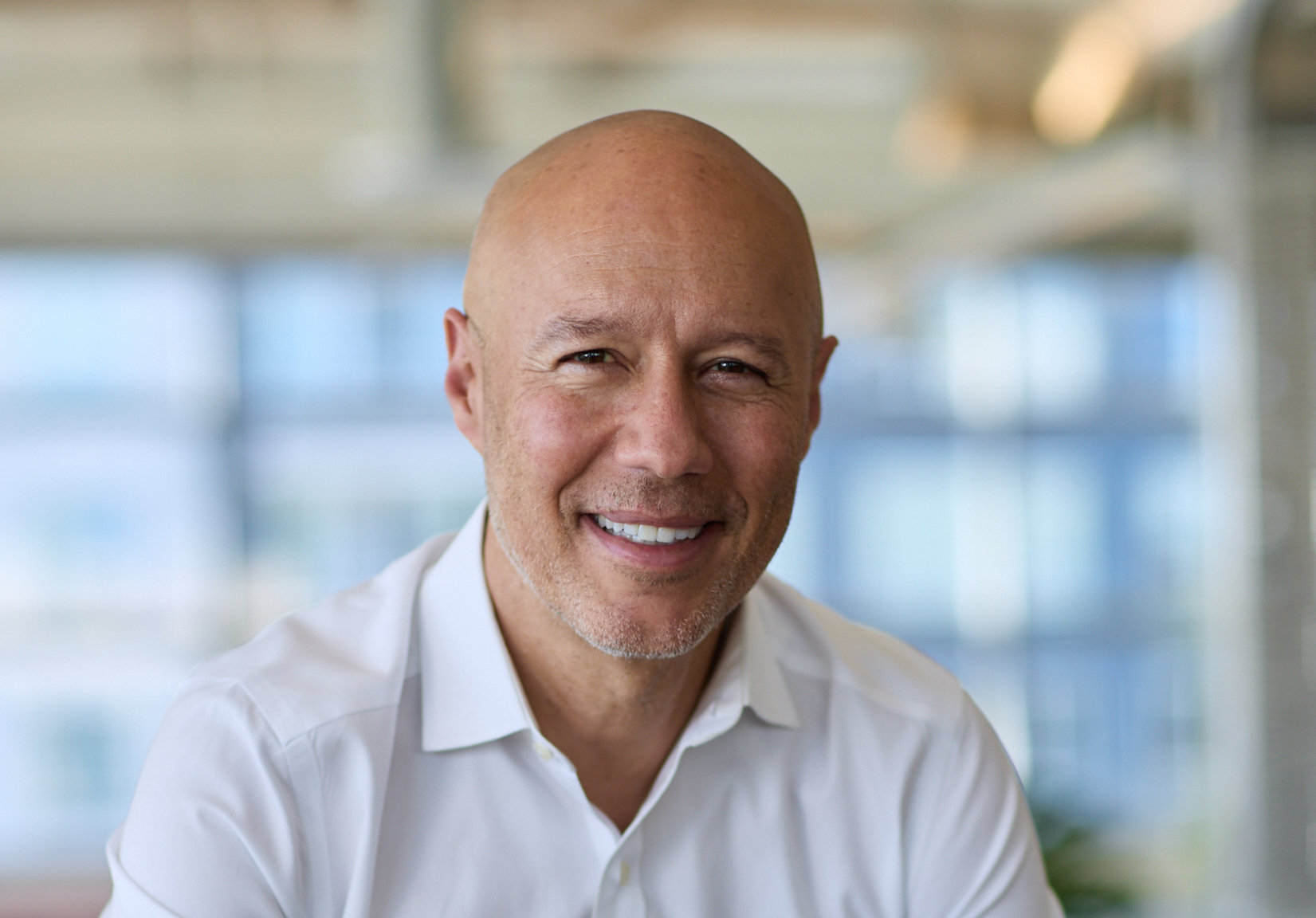

Lyft’s CEO on Layoffs, Leading With Purpose and the Future of Ride-Sharing
When David Risher took over as CEO of Lyft about a year ago, the company was losing market share and struggling with morale. Its stock price was approaching an all-time low, down nearly 90% from its IPO high of 2019. One of Risher’s first moves was to cut staff by 26%, affecting hundreds of employees.
Risher, a one time Lyft board member and former Amazon executive, is the first non-founder to lead Lyft. Still, he’s put his own stamp on the company, cutting prices for riders, introducing Women+ Connect, a feature that lets women and nonbinary riders choose drivers who are also women or nonbinary, and launching a guarantee that drivers would earn 70% of rider payments every week after external fees like tolls and insurance. He’s also not afraid to roll up his sleeves and occasionally drives for Lyft to see what contractors experience.
[time-brightcove not-tgx=”true”]
Since he took over as CEO on April 17, 2023, the company’s share price has risen and analysts are speaking more optimistically about the company. Still, Risher has a tough road ahead. Lyft says it has around 30% of the rideshare marketplace, and does not offer food delivery services or other extras that could help it bring in more money. Risher talked with TIME about his first year and his vision for the future.
This interview has been condensed and edited for clarity.
For a long time Lyft has been the underdog, with the smaller market share and a presence in fewer countries. What is your vision for Lyft in the next 10 years in the rideshare marketplace?
We’re the ones who are going to be customer obsessed. Being number two is an enormous superpower if you use it the right way. It allows you to wake up every morning and think about just one thing—ridesharing. I don’t have to think about 50 different countries. I don’t have to think about rental cars and food delivery. I just have to think about rideshare. I’m just trying to focus on riders and drivers—and bikes as well.
Are you trying to focus on bikes? Or trying to unload that?
We’re actually focusing on bikes. The unloading thing was always sort of like, is there a way for someone else to help with a certain capital structure? Because they’re expensive. But they’ll always be part of our system, for sure. And we’re actually putting a huge amount of energy into it.
What do you think you’ve accomplished in your first year?
When I started, the first order of business was that we’d been experimenting in so many different ways, trying so many different things, it was really time to focus on what works the best and just doing that over and over again. A big part of that was right at the beginning, lowering the prices, raising driver pay. Just basic things, if we didn’t do it, we were going to be like you know, like 25% market share to 24% to 23%. It was just going to go the wrong direction. So that was sort of number one.
And then number two, as we start to operate with more excellence, as our pickup times get faster, what can we layer on top of that to create real differentiation? For example, we launched Women+ Connect, and it’s been really successful. If you look at the percentage of women drivers who are now applying versus a couple of months ago—23% of our driver population is women, but 30% of our new applicants are women.
What’s the advantage of Women+ Connect for Lyft?
At a very basic level, it’s that more women riders and drivers have better experiences, full stop. On the macro level, we get more drivers. And every time we’re getting a new driver on the platform, it means faster pickup times, which is a better experience for everyone. And on a societal level, all of a sudden, more women can actually participate in the workforce.
So the strategy is sort of do the basics and then start to layer on things like driver pay guarantee and Women+ Connect. So you can really give people a real reason to make the choice for Lyft, instead of just saying I’ll take an Uber.
You had to make some big layoffs when you came in. How has that affected morale?
I’ll make the problem even harder—not only did we have to do that, but I said to people, you know what, guys? I’m sorry, but we’re coming into the office three days a week. And I’m sorry, but we are going to reduce equity compensation—new grants are going to be smaller.
I try not to sound cliché, but its true. I lead with purpose. We want to be a customer-focused company. We want to be a company that brings people together— literally. I’m sure you’ve heard about the epic loneliness thing we’ve gone through. And we’re in a position literally, we’re like almost a physical interface between [our smartphones] and the real world.
In order for us to do that, we’re having to make some really difficult choices.
What does leading with purpose mean, exactly?
Leading with purpose is saying ”let’s just look at one social problem.” Vivek Murthy, the U.S. Surgeon General, has written pages about the epic problem of loneliness in the United States and how the societal bonds that used to hold us together are broken. If you self-identify as lonely, it’s like smoking two packs of cigarettes a day. So it’s like, OK what do we do? We bring people together, we bring them to the restaurant, to the concert. So how can we figure out a way to do that better?
So leading with purpose is: we started with a big societal issue like loneliness, and saying how can we help people, at least if not exactly 100% overcome it—we’re not going to be the whole solution—at least be a force in the right direction.
Has that worked for you?
We do an employee survey every quarter, and one question was: do you trust senior management to be doing the right thing? It went from less than half of people saying yes last year to 67% this year.
Another really interesting thing is how many people participate in a survey like that. When I started, 65% were participating. This year, it was 85%. That tells me that as painful as it was, as difficult as it was, really focusing on really helping people clear away some of the noise and get things done is super satisfying.
In a post-pandemic era, though, people are less engaged with their jobs. I’d think they’d really push back about a return to office mandate.
To be philosophical, people—myself included—want a sense of meaning and connection to work. Just to be clear, I didn’t say we’re gonna roll the clock back to 2019. I didn’t say we’d come in five days a week.
I actually think people are best when they’re kind of together and popping in and sharing ideas and having dinner together and lunch or whatever it is, coming up with fun things for the whiteboard. That’s part of what forms a connection to a company, if the company has a sense of purpose beyond just maximizing value for shareholders.
We have to understand that the world is complicated and people have kids, or whatever it is. It sounds maybe a little bit utopian, but I think this is the best of all worlds that we got to.
You have full-time employees and then you have a bunch of gig workers. How do you make them feel part of the company and want them to come back to Lyft rather than Uber?
We have 4,000 employees. And then we have 1 million plus people who drive on the Lyft app, and they are all independent contractors. They are all deciding literally every single day whether to drive or not. How do you make them feel part of something?
You start with the basics. If you don’t feel fairly paid and recognized, nothing else is gonna work. So we decided to do this 70% earnings guarantee. And it literally is a guarantee. What I mean by that is, it’s a floor. Take what a rider pays, and after we take insurance and tolls—those fixed costs that we can’t do anything about—you will never get less than 70%. And if you do, you’ll get a check. And then you go from there. What are all the other things we can do for our drivers that are going to make a better experience?
Can you do that and be profitable?
We have to.
But you’re talking about paying people more when, arguably, the rideshare model doesn’t work because it’s just too expensive. Does paying drivers more mean riders will pay more too?
It’s just a question of how many riders can you convince that this is a good deal for them? It’s better than taking the subway, it’s better than taking their own private car. It’s less expensive than parking.
And just on the economic side—I’ll make these numbers up, because we haven’t revealed exactly—if we did 800 million rides this year, and every one of those rides on average gives us $1, that means as long as our fixed costs are lower than 800 million dollars a year, we are going to make money. And that literally is the business model. That’s why we were free cash flow positive last quarter. We’ve gotten our ride volume to the point where one covers the cost of the other. In a sense, it’s the simplest model in the world.
But that doesn’t account for equity compensation, right?
No, it doesn’t. The thing that we have to do, of course, is we have to make sure that both riders are taking more rides but also the drivers are driving on our platform more. And we have more driver hours now than we’ve ever had in the company’s history. Drivers are responding to the things we’re doing.
It seems like being customer obsessed and being employee obsessed can sometimes be at odds. How do you walk that line of putting the customer first while still making Lyft a good place to work?
That literally is what I do every day. I worked at Amazon for a long time, but I also ran a nonprofit for many years. In the nonprofit space, if you don’t lead with purpose, if you don’t make your employees feel super engaged, you will fail. It is that simple. Because these very same talented people can go across the street and make twice as much. And by the way, there is no equity compensation. There’s no such thing. So I think this is an area where I think to the surprise of the world, if you have to run a nonprofit for 13 to 14 years, the leading with purpose part and the trying to get employees to get to be engaged comes naturally. You do that and you do customer obsession, that’s what I hope differentiates Lyft.
There have been some efforts in some cities to mandate a minimum wage for drivers. What are your thoughts on that policy?
The short answer is, I am fine with the policy in theory. The only problem it really can cause is that drivers will make less money. This is what’s happening in Minneapolis. A well-meaning city council sets a minimum wage at $20 an hour, when drivers are making about $15 now. The problem then becomes, we can increase our rates to drivers but if riders take fewer rides, that drivers will make less money. We know every day, based on millions of data points, when you raise rates by $1, demand goes down. I’m anti-drivers making less.
I think it just relates to this existential fear of economies moving to gig work and how we can weather that. You’re probably in a really good position to see where we are in that transition. A couple of years ago, people thought that everything was going to be gig. Where do you think we are now? Are we at equilibrium or are more things transitioning?
I’ll say, the chance of everything moving to gig is 0%. On the individual level. Why do people choose gig? It really is a choice for many people. Maybe you lost your job and are looking for another full-time job, but in the meantime need money. Or you have other obligations in life and you drive in the time around them. Then there’s retirees who want money and to get out of the house.
Then there’s the full-time person—only like 6% treat this as a full-time job. Often by the way, they are immigrants. They don’t have a lot of options when it comes to jobs. Maybe their level of English isn’t super, but they’ve got something they can do.
The thing about the gig economy is it allows them to do it on their terms. Is that a good thing? I think it absolutely is, and there’s a reason why millions of people are doing it. Sometimes it’s the best choice they’ve got. If you talk to labor economists, they will tell you that from a macroeconomic perspective, it’s actually super healthy, because it allows people to dip in and out of the labor market.
The problem of course, and I understand people’s concern about this as well—if everything becomes gig, then people feel like they don’t have any protections. They’re always hustling. Let’s just say I don’t see a lot of evidence that that’s actually happening.
Analysts say that the ride-share market is a lot stronger than people anticipated it would be right now. How will a downturn in the economy affect Lyft?
The thing about these kind of marketplaces—two sided marketplaces—is that they’re flexible. If the economy gets a little bit worse here, maybe we will want to drop prices a little bit to drive additional volume. Maybe there will actually be more money made by drivers, because we will drop prices such that there’s actually more buying. That would be our goal.
I know the cost of insurance has gone up a lot and it keeps going up. Do you have a long-term plan for what you can do to offset that?
It’s a real issue. And it’s not just a ride-share issue. The most recent number I’ve seen is 18% year-on-year insurance inflation.
What is possible is we can give more and more data to drivers to help them make safer choices about how they drive. For example, giving feedback on harsh braking. That’s an indication that you’re probably driving too aggressively.
The Lyft Maps is a very sophisticated mapping system. And we can say, this is the route where you’re least likely to get in an accident because we’re going to avoid this intersection that tends to be high accident.
What are some ways you want to re-engage drivers and get more of them to drive for Lyft?
There is a huge opportunity for AI to make drivers’ lives better. So I drive for Lyft and I’ve been driving long enough to see it’s more complicated than you might think. Because you have things you have to do. You’ve chosen the gig economy because you want that flexibility. But you also have financial goals for yourself. You can do the math, you can say well, I’m gonna work here or here. But you know who else could do that? AI. You can say to AI, “here’s some parameters in my life, help me make some choices that are going to increase the likelihood that I meet my financial goals.”
Then there’s Women+ Connect. I think it’s going to be brand-defining over time and we continue to invest in it. We continue to recruit more and more women, our metrics go higher, higher, higher, and we keep getting feedback. And by the way, it turns out that women don’t tend to bug each other. So that’s really important for safety as well.
That’s the sort of stuff that, when other people start to say, “I love the fact you’re doing this and I kind of want to be part of it,” that’s a good sign, and same with important employees wanting to work on that feature.
Get the latest work and career updates delivered straight to your inbox by subscribing to our magazine category today. Stay informed and ahead of the game with Subscrb.
The content on this website has been curated from various sources and is for informational purposes only. We do not claim ownership of any of the content posted here, all rights belong to their respective authors. While we make every effort to ensure that the information is accurate and up-to-date, we cannot guarantee its completeness or accuracy. Any opinions or views expressed on this website are solely those of the original authors and do not necessarily represent our own. We do not endorse or take responsibility for the content or actions of external websites or individuals linked from this website. Any reliance on the information provided on this website is done at your own risk. Please note that this article was originally seen on the source website TIME, by the author Alana Semuels
-
SALE!




Forbes Asia Magazine Subscription
From: RM220 / year -
SALE!


Fortune Magazine Subscription
From: RM118 / year -
OUT OF STOCK




The Economist Magazine Subscription
From: RM1530 / year -

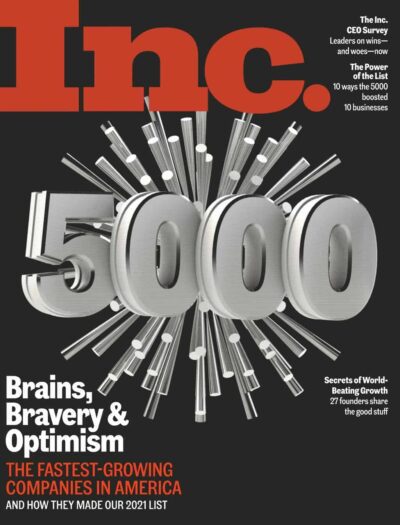
Inc. Magazine Magazine Subscription
From: RM22 / year -

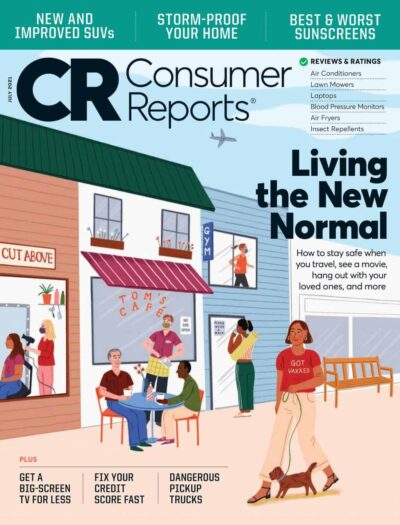
Consumer Reports Magazine Subscription
From: RM22 / year -

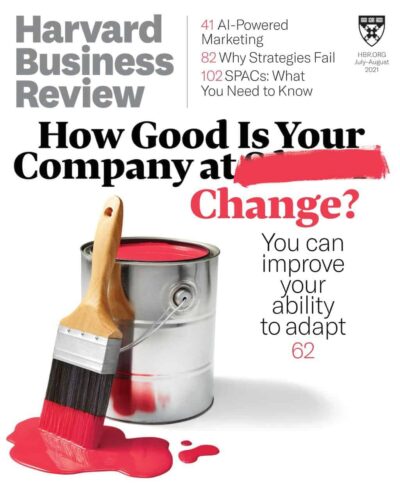
Harvard Business Review Magazine Subscription
From: RM83 / month -

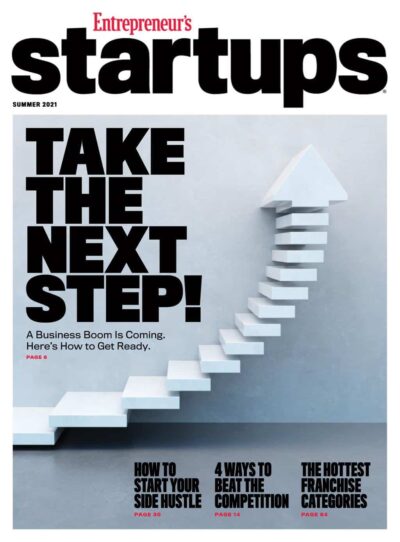
Entrepreneur’s Startups Magazine Subscription
From: RM4 / year -


BILLIONAIRE Magazine Subscription
From: RM131 / year



